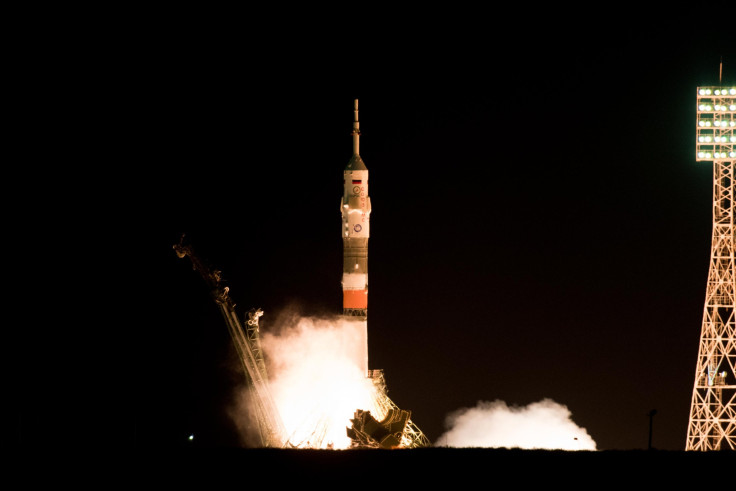Spacewalk 2017 Live Stream: Watch Astronauts Shane Kimbrough, Thomas Pesquet Upgrade ISS Power System

The second spacewalk of 2017 kicked off Friday at the International Space Station, or ISS, where astronauts were filming themselves as they upgraded the giant structure's power system. Expedition 50 Commander Shane Kimbrough, of the United States, and flight engineer Thomas Pesquet, of France, began the process of replacing batteries Friday at about 6:20 a.m. EST.
The spacewalk was expected to last six hours, EarthSky reported, and as of about 9 a.m. more than about 6,000 people were watching from around the globe.
If you're interested in tuning in, you can see a live stream here or below.
Kimbrough and Pesquet's tasks for Friday's spacewalk centered around installing adapter plates and connecting three lithium-ion batteries on the starboard truss, according to a NASA blog post. Kimbrough and flight engineer Peggy Whitson put another three batteries in place Jan. 6. When everything is finished, the astronauts will put the old nickel-hydrogen power sources on an external pallet for disposal.
On its website, NASA describes spacewalks as "any time an astronaut gets out of a vehicle in space," either to conduct experiments, do repairs or test equipment. As such, spacewalks occur periodically at the ISS — since 1998, there have been 196 spacewalks there. The distribution varies: in 2007, for example, astronauts conducted 20 spacewalks, but last year they only carried out three.
Outside the ISS, conditions are harsh. Flight engineer Doug Wheelock tweeted Friday that astronauts experienced temperatures of about 275 degrees Fahrenheit in sunlight and -275 degrees in shadow. When he went on his first spacewalk, Wheelock said, he "experienced a range of intense feelings ... from euphoria floating weightless to fear of the unforgiving environment."
The ISS, the first piece of which launched in 1998, is 356 feet long and weighs nearly 1 million pounds. It sees up to 10 people at a time.
© Copyright IBTimes 2024. All rights reserved.






















